The Best AI Chatbots in 2025 to Power Conversations and Save Time
Advertisement
Talking to a chatbot used to feel like messaging a robot. You’d ask a question, and it would either ignore you or spit out something that didn’t help. But things have changed. In 2025, chatbots can hold proper conversations. They understand what you’re asking, remember what you said before, and give answers that actually make sense. Whether it’s for customer service, content help, or just making your day easier, AI chatbots are now doing more than ever—and they’re getting it right. Let’s explore a few of the best options to help you make an informed choice.
Top AI Chatbots Worth Knowing About in 2025
ChatGPT by OpenAI
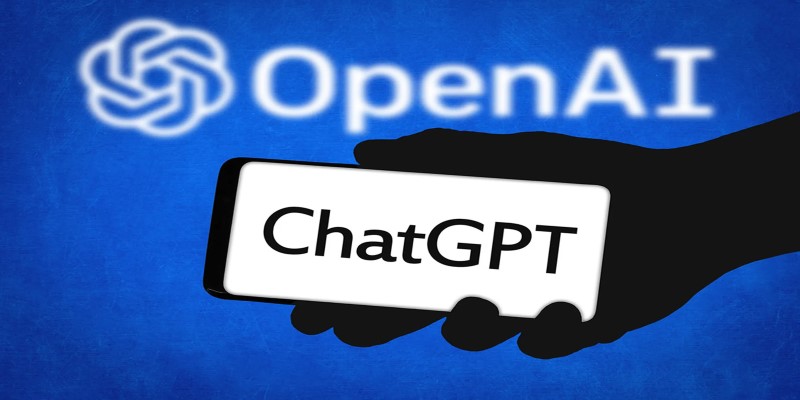
Still one of the most widely used. In 2025, ChatGPT can now browse the web, generate images, and help you code. What makes it stand out is how well it understands what you want. You don’t need to explain things five times—it gets it the first time. Plus, with its memory features, it can keep track of your ongoing conversations, which is great if you’re working on something over multiple days.
Claude by Anthropic
Claude has a calm and thoughtful way of replying. It’s known for being good at summarizing, reviewing documents, and helping with emails. If you prefer a chatbot that takes its time to give you a helpful, clear answer instead of rushing, Claude is your best bet. Also, it handles long conversations well without losing track of the topic.
Google Gemini
Gemini is more than just a chatbot. It connects with Google’s tools, which makes it really handy. You can ask it about your emails, get a quick calendar summary, or even draft content using your Google Docs. It’s great for people who already live inside Google’s ecosystem and want one assistant for everything.
Pi by Inflection
Some people just want a chatbot to talk to—a bit of advice here and there, or even just someone to chat with during a slow day. Pi does exactly that. It’s friendly, casual, and not trying to sell you anything. It’s especially useful for people who feel overwhelmed by more technical tools. You just chat, and it responds like a good friend would.
Microsoft Copilot
This one shows up right inside tools like Word, Excel, and Teams. If you’re working and want help writing something, checking grammar, or even making a presentation, it’s right there. You don’t need to open a separate app or window. It works behind the scenes and makes your regular workflow smoother.
Jasper Chat
Marketers and writers mostly use this chatbot. It knows how to generate content fast and helps you stay consistent with your brand voice. Jasper Chat is good at suggesting ideas, rewriting sentences, or even writing full posts if you're in a rush. And yes, it can handle bulk tasks if you need content for several pages at once.
Poe by Quora
Poe lets you switch between different bots in one place. So, you could try ChatGPT, Claude, or even smaller models—all from one chatbox. It's useful if you're comparing answers or just want to see different responses without opening five different tabs. Plus, Quora's search knowledge helps give extra context to complex questions.
YouChat
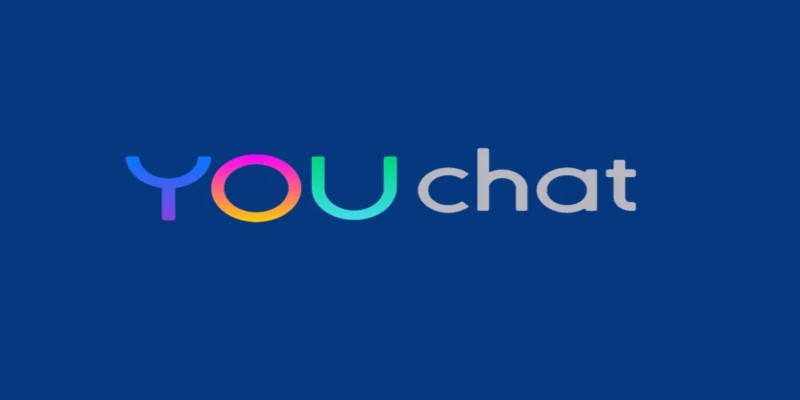
This is built into the You.com search engine and helps give summarized answers, direct links, and references. If you’re someone who’s researching and doesn’t want to scroll through articles, YouChat gives a nice balance between chatbot replies and search results. It doesn’t try to guess too much—it gives clear info fast.
Perplexity AI
Known for giving sourced responses, Perplexity tells you where it got its info. That’s helpful if you’re doing research and want to double-check what it says. It’s also very direct. You ask something, and it replies without any unnecessary fluff. It also works well for follow-up questions and deeper digging into a topic.
Writesonic’s Chatsonic
Chatsonic is all about speed and flexibility. It pulls in real-time data, so it’s great for checking updates, trending topics, and newer content. People who use it for social media or blog writing like how it gives results that are fresh and ready to go. Plus, it has image generation features, which come in handy if you want visuals with your text.
Replika
Replika focuses on emotional support. It’s not a tool for work but for personal connection. People use it to talk through feelings and daily issues or even just to have a friendly chat. Over time, it remembers how you like to be spoken to and adapts. This has made it popular among users who need something more personal than just tech help.
Tidio AI
This one’s built for online businesses. If you run a store and need help with customer queries, order tracking, or FAQs, Tidio handles all of that. It’s quick to set up, and the replies feel natural. It also connects with your site easily and reduces how many questions you have to answer manually.
Botsonic
Botsonic lets you build your chatbot using your business data. You upload documents, links, and info, and it trains the bot to answer based on that. This means customers get personalized replies without you having to write every response manually. It's like hiring a smart assistant that already knows your stuff.
Final Thoughts
Chatbots in 2025 aren’t just side tools—they’re becoming part of how we work and live every day. From content creation to personal support, they’re finally doing what we always hoped they would. So, if you haven't tried one lately, it might be time to give them another shot. You'll be surprised how far they've come. Hope this info proves helpful. Stay tuned for more informative yet helpful guides.
Advertisement
Related Articles

The 7 Best PDF Editor Apps in 2025 for Clean, Hassle-Free Document Control
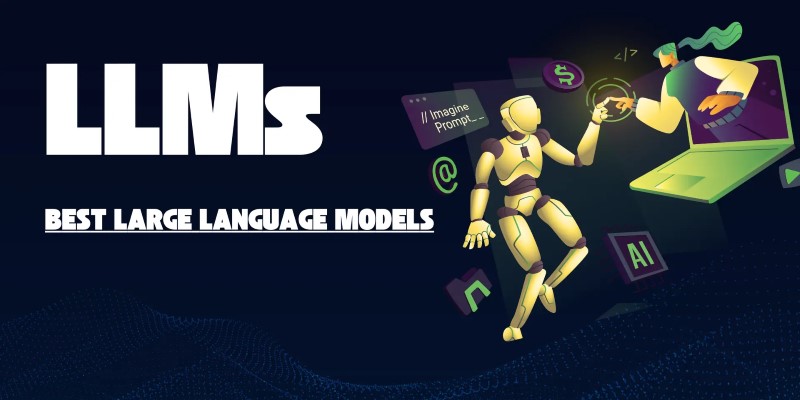
The Best Large Language Models in 2025 That Are Changing How We Work

The 12 Best AI Marketing Tools in 2025 to Boost Reach and Cut Workload
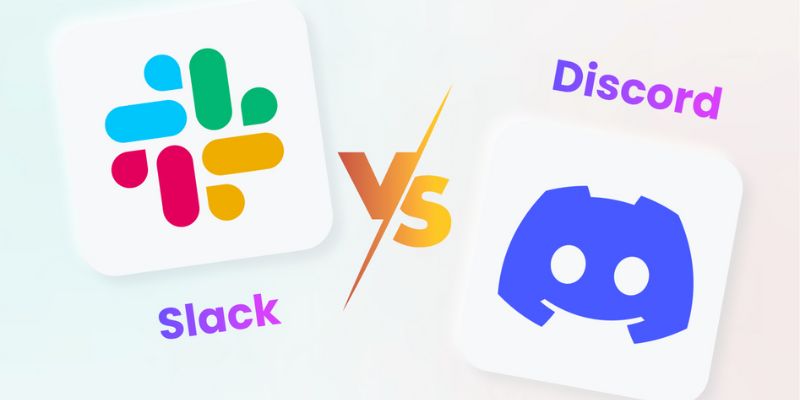
Slack vs. Discord: Choosing the Right Tool for Your Workspace

The Best Free Small Business Software in 2025 to Run Smarter, Not Harder
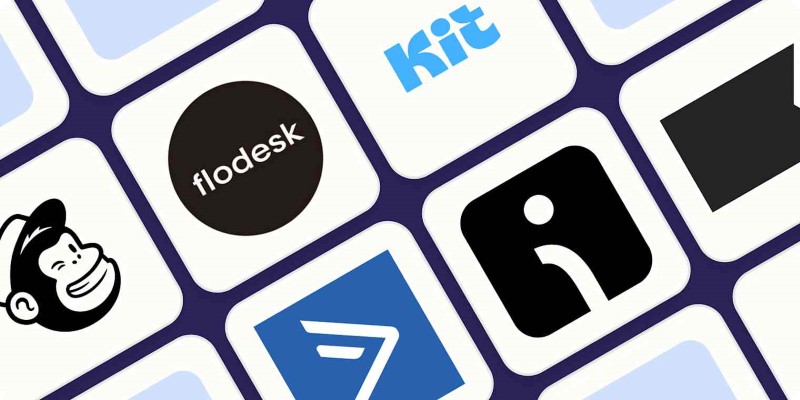
The 10 Best Email Drip Campaign Software in 2025 to Automate Your Outreach

Webflow vs. Squarespace: Which Website Builder is Best for Your Business

The 8 Best AI Sales Assistant Software in 2025 to Boost Your Pipeline

Dropbox vs. Google Drive: Which Cloud Storage Solution Fits Your Needs
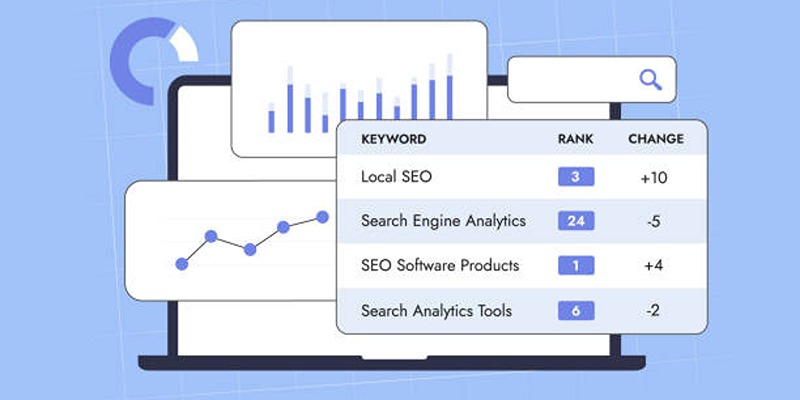
The Ultimate Guide to Linking Google Forms with Google Docs Templates
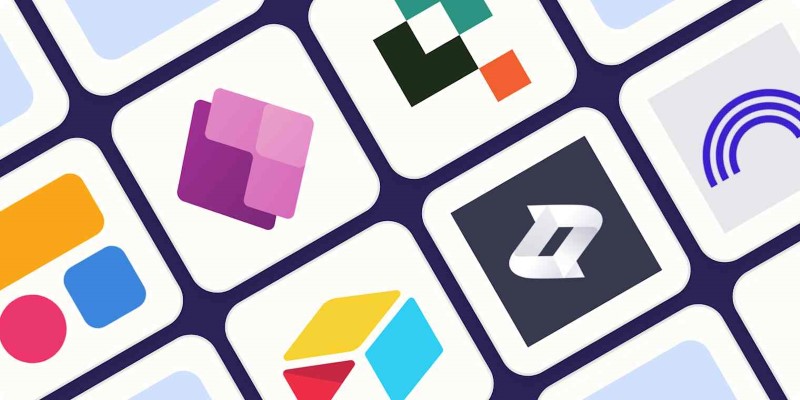
The 6 Best AI App Builders in 2025 for Fast, No-Code Development

 lameuplay
lameuplay